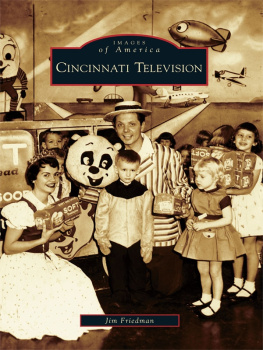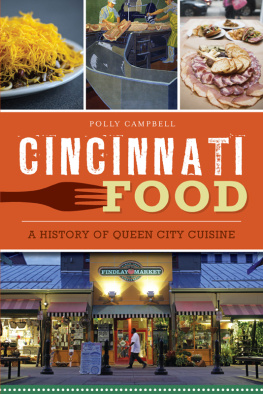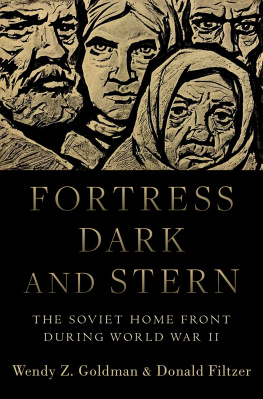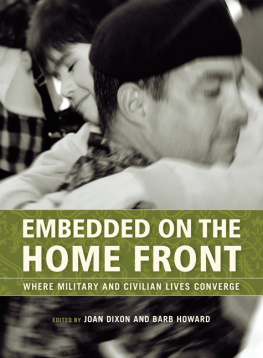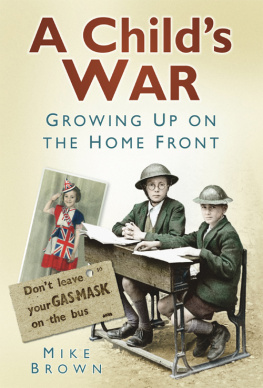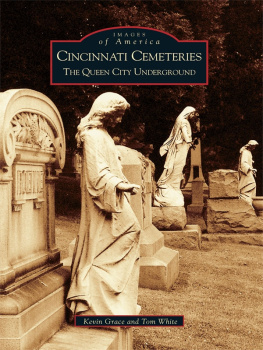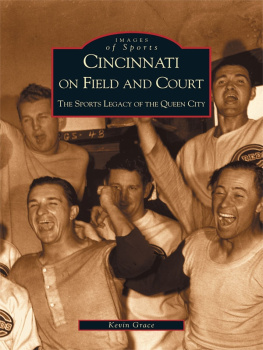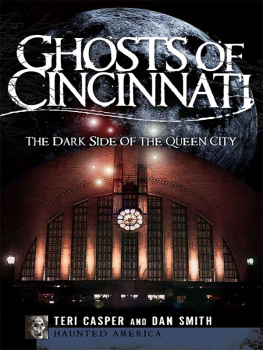

Published by The History Press
Charleston, SC 29403
www.historypress.net
Copyright 2014 by Robert Earnest Miller
All rights reserved
Front cover, top left: Courtesy of Xavier University Archives.
First published 2014
e-book edition 2014
ISBN 978.1.62584.985.4
Library of Congress Cataloging-in-Publication Data
Miller, Robert Earnest.
World War II Cincinnati : from the front lines to the home front / Robert Earnest Miller.
pages cm
Includes bibliographical references and index.
print edition ISBN 978-1-62619-455-7 (paperback)
1. World War, 1939-1945--Ohio--Cincinnati. 2. World War, 1939-1945--Social aspects--Ohio--Cincinnati. 3. Cincinnati (Ohio)--History, Military--20th century. 4. Cincinnati (Ohio)--Social conditions--20th century. I. Title. II. Title: World War 2 Cincinnati. III. Title: World War Two Cincinnati.
D769.85.O31C568 2014
940.5377178--dc23
2014036947
Notice: The information in this book is true and complete to the best of our knowledge. It is offered without guarantee on the part of the author or The History Press. The author and The History Press disclaim all liability in connection with the use of this book.
All rights reserved. No part of this book may be reproduced or transmitted in any form whatsoever without prior written permission from the publisher except in the case of brief quotations embodied in critical articles and reviews.
This book is dedicated to Dr. Roger Daniels, a prolific scholar, generous mentor, friend and the person who is most responsible for cultivating my interest in this topic.
CONTENTS
Preface
CINCINNATI AND WAR
Four days after Imperial Japan attacked U.S. forces at Pearl Harbor, Nazi Germany declared war on the United States. Within a matter of days, public opinion, which had been sharply divided over the fighting in Europe, now stood firm. Cincinnati Post columnist Alfred Segal summarized the citys reaction to the swiftly changing international crisis in this way: There was no longer any isolationism. We had all been brought together under the butcher knife. The nations entry into World War II ushered in a new era of American history. Over the short run, fifteen million men and women served in the armed forces. Countless others donned factory overalls to fuel the effort of the arsenal of democracy. Still others gave willingly of their time and energy on the home front to support the war effort. Everyone had a part to play. After the war, victory over the Axis powers produced equally dramatic results in the United States. Women who joined in the war effort remained in the paid labor force, returning veterans crammed onto college campuses, larger families and suburban homes became more prevalent and a new postwar foe, the Soviet Union, challenged the United States for global dominance. The same forces that transformed our nation during the war years also altered the political, social, economic and cultural landscape of Cincinnati.
At the time of Americas entry into World War II, it was safe to say that the city of Cincinnati had been no stranger to the periodic demands and intrusions of war. Two years after the citys founding, in 1790, President George Washington established a frontier outpost on the banks of the Ohio River, just opposite the mouth of the Licking River, in the Old Northwest Territory. Fort Washington served as an important military garrison from which the president launched three separate military expeditions into northwestern Ohio to deal with the threat posed by Little Turtle, the war chief of the Miami people. After the Treaty of Grenville was signed in 1795, which mitigated the danger of subsequent Native American attacks, the fort fell into disuse. In 1803, the Newport Barracks replaced Fort Washington as a regional outpost for the military. Nine years later, when the young Republic went to war with Great Britain for a second time, Cincinnati again served as a staging ground for military conflicts farther north, on American and Canadian soil.
As Cincinnati developed into a teeming river city in the 1840s, it lost many of its frontier characteristics. Indian wars gave way to conflicts in faraway locales that were designed to expand the geographical footprint of the United States and fulfill its sense of Manifest Destiny. In 1846, Camp Washington, situated just north of downtown Cincinnati, served as a training camp and point of departure for more than five thousand troops headed to fight in the Mexican War.
War seemed much more immediate and sobering to Cincinnatians after Confederate guns fired on Fort Sumter, embroiling the nation in four long years of bloody fighting. While Cincinnati stood on the periphery of most of the violence and battles fought during the American Civil War, its residents were subjected to unparalleled demands and sacrifices. Recruits trained at nearby Camp Dennison, sixteen miles northeast of the city on the banks of the Little Miami River. Men were drafted and compelled to serve in the military. The home front contended with its own set of shortages and privations, and morale sagged as the war continued.
Owing to the wars length and intensity, public support for war aims was always in flux. Support for the Union cause remained fractured, at best. Abolitionists, such as Levi Coffin and John Rankin, who championed the rights of oppressed slaves before the war, hoped the conflict would be used to eradicate slavery once and for all. Others rallied around the cause of the Union and Federal supremacy. On the other hand, a sizeable number of Cincinnatians sympathized, openly and unashamedly, with the Confederate cause.
Twice during the years of conflict, the war elbowed its way into the everyday lives of Cincinnatians. In 1862, during a brief period of imposed martial law, General Lew Wallace, who was in charge of Union forces protecting the city, ordered the construction of a pontoon bridge to span the Ohio River. In five short days, the task was complete, and some seventy thousand troops and civilian volunteers crossed the river and erected a line of rifle pits and earthen-work fortifications in the foothills of northern Kentucky. The anticipated Confederate attack never came. Cincinnatians were not so lucky the following year. In mid-July 1863, John Hunt Morgana thirty-eight-year-old Kentucky hemp manufacturer turned cavalrymanled a daring two-week assault across southeastern Indiana and a large swath of southern Ohio, including Cincinnati. The timing of the attack, just days after Robert E. Lees unsuccessful offensive in Gettysburg, might have led Cincinnatians to overestimate the capabilities of the Confederacy to launch a series of such attacks. As it turned out, Morgans men inflicted little real or lasting damage before they were captured in Salineville, near the Ohio-Pennsylvania border. While Morgans Raid set tongues wagging and led to tall tales about run-ins with Rebel vagabonds, the Civil War, like no other war before it, left real and lasting scars on the people of Cincinnati for several generations.
Near the dawn of the twentieth century, the United States had defeated the last of the remaining Native Americans. The West, in the eyes of the federal government, had been tamed. The country set its sights on new frontiers. The Spanish-American War, which began in 1898, led Cincinnatians to fight in the Caribbean in defense of Cuban independence and in the Pacific against Filipino insurgents. The citys biggest connection to that war came when President William McKinley tapped an ambitious young Cincinnati lawyer, William Howard Taft, to serve as the governor general of the Philippines. Taft transplanted his family to the islands, where he worked for several years. He implemented several far-reaching reforms in civilian government and infrastructure that helped prepare the newly acquired territory for independence.
Next page

